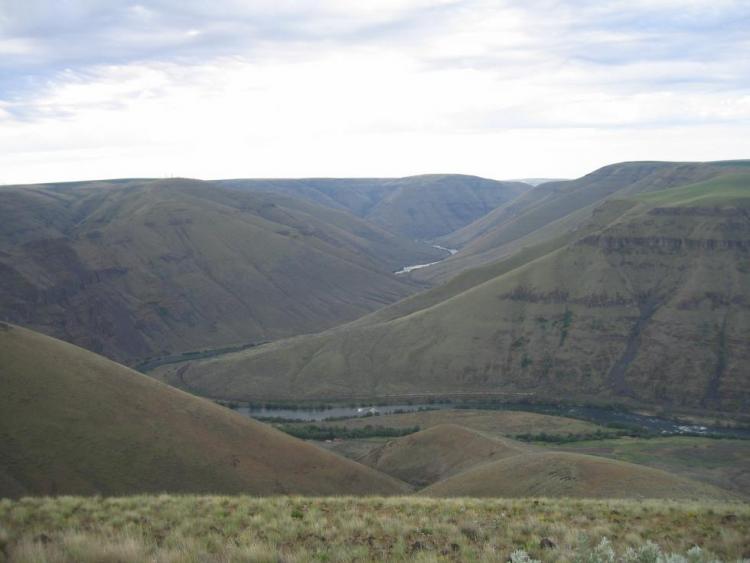
Mainly located on the Warms Springs Reservation, this narrow COA includes a section of the Deschutes River from above the confluence with the Warms Springs River, north to approximately 1.5 miles below White Horse Rapids. From east to west the COA runs from the east side of the Deschutes River, adjacent to White Horse rapids, and winds west to end just south of Shaniko Butte.
COA ID: 149
Ecoregions
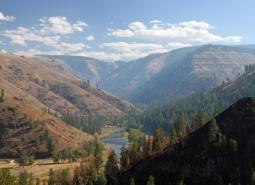
Blue Mountains
Located in NE Oregon, the Blue Mountains ecoregion is the largest ecoregion in the state. It provides a diverse complex of mountain ranges, valleys, and plateaus that extend beyond Oregon into the states of Idaho and Washington.

Columbia Plateau
The Columbia Plateau ecoregion was shaped by cataclysmic floods and large deposits of wind-borne silt and sand earlier in its geological history. It is dominated by a rolling landscape of arid lowlands dissected by several important rivers, and extends from the eastern slopes of the Cascades Mountains, south and east from the Columbia River to the Blue Mountains.
Strategy Habitats
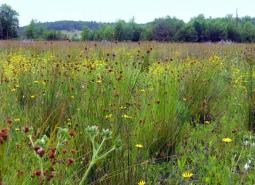
Grasslands
Grasslands include a variety of upland grass-dominated habitats, such as upland prairies, coastal bluffs, and montane grasslands.
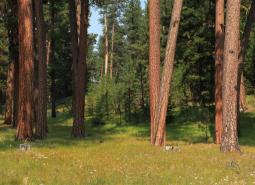
Ponderosa Pine Woodlands
Ponderosa pine woodlands are dominated by ponderosa pine, but may also have lodgepole pine, western juniper, aspen, western larch, grand fir, Douglas-fir, mountain mahogany, incense cedar, sugar pine, or white fir, depending on ecoregion and site conditions. Their understories are variable combinations of shrubs, herbaceous plants, and grasses.
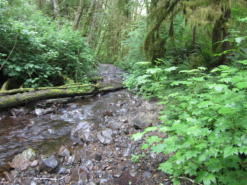
Flowing Water and Riparian Habitats
Flowing Water and Riparian Habitats include all naturally occurring flowing freshwater streams and rivers throughout Oregon as well as the adjacent riparian habitat.
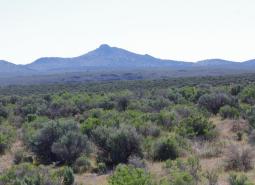
Sagebrush Habitats
Sagebrush habitats include all sagebrush steppe- and shrubland-dominated communities found east of the Cascade Mountains.

Wetlands
Wetlands are covered with water during all or part of the year. Permanently wet habitats include backwater sloughs, oxbow lakes, and marshes, while seasonally wet habitats include seasonal ponds, vernal pools, and wet prairies.
Strategy Species
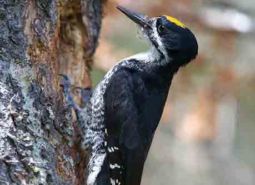
Black-backed Woodpecker (Modeled Habitat)
Picoides arcticus

Bull Trout (Documented)
Salvelinus confluentus
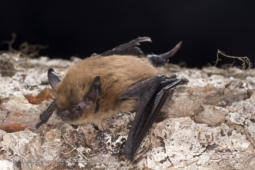
California Myotis (Modeled Habitat)
Myotis californicus
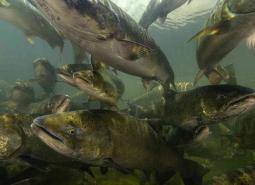
Chinook Salmon (Documented)
Oncorhynchus tshawytscha
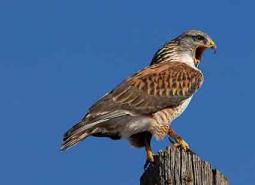
Ferruginous Hawk (Observed)
Buteo regalis
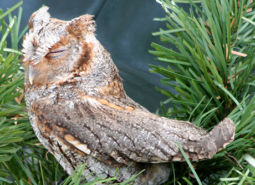
Flammulated Owl (Modeled Habitat)
Psiloscops flammeolus
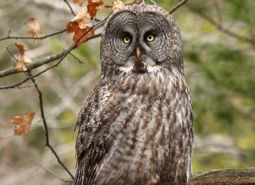
Great Gray Owl (Modeled Habitat)
Strix nebulosa

Hoary Bat (Modeled Habitat)
Lasiurus cinereus
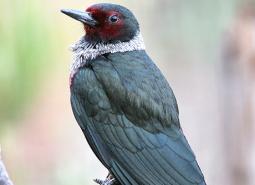
Lewis’s Woodpecker (Observed)
Melanerpes lewis
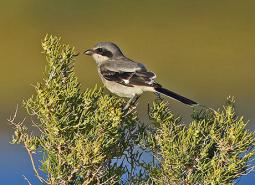
Loggerhead Shrike (Modeled Habitat)
Lanius ludovicianus
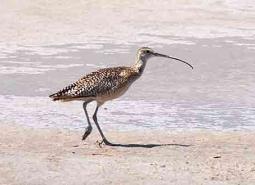
Long-billed Curlew (Modeled Habitat)
Numenius americanus

Long-legged Myotis (Modeled Habitat)
Myotis volans

Olive-sided Flycatcher (Modeled Habitat)
Contopus cooperi
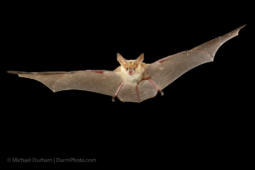
Pallid Bat (Modeled Habitat)
Antrozous pallidus
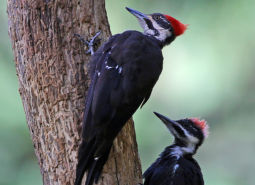
Pileated Woodpecker (Modeled Habitat)
Dryocopus pileatus
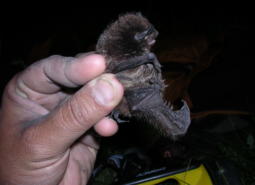
Silver-haired Bat (Modeled Habitat)
Lasionycteris noctivagans
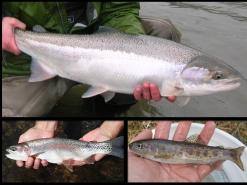
Steelhead / Rainbow / Redband Trout (Documented)
Oncorhynchus mykiss ssp
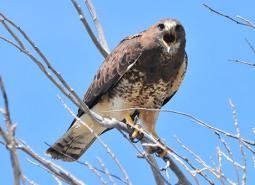
Swainson’s Hawk (Modeled Habitat)
Buteo swainsoni
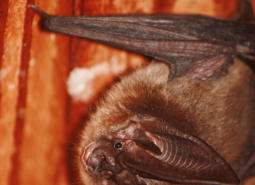
Townsend’s Big-eared Bat (Modeled Habitat)
Corynorhinus townsendii
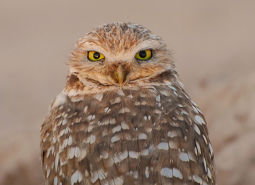
Burrowing Owl (Modeled Habitat)
Athene cunicularia hypugaea
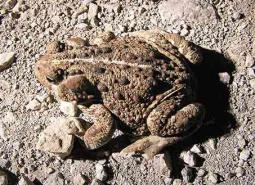
Western Toad (Modeled Habitat)
Anaxyrus boreas

White-headed Woodpecker (Modeled Habitat)
Picoides albolarvatus